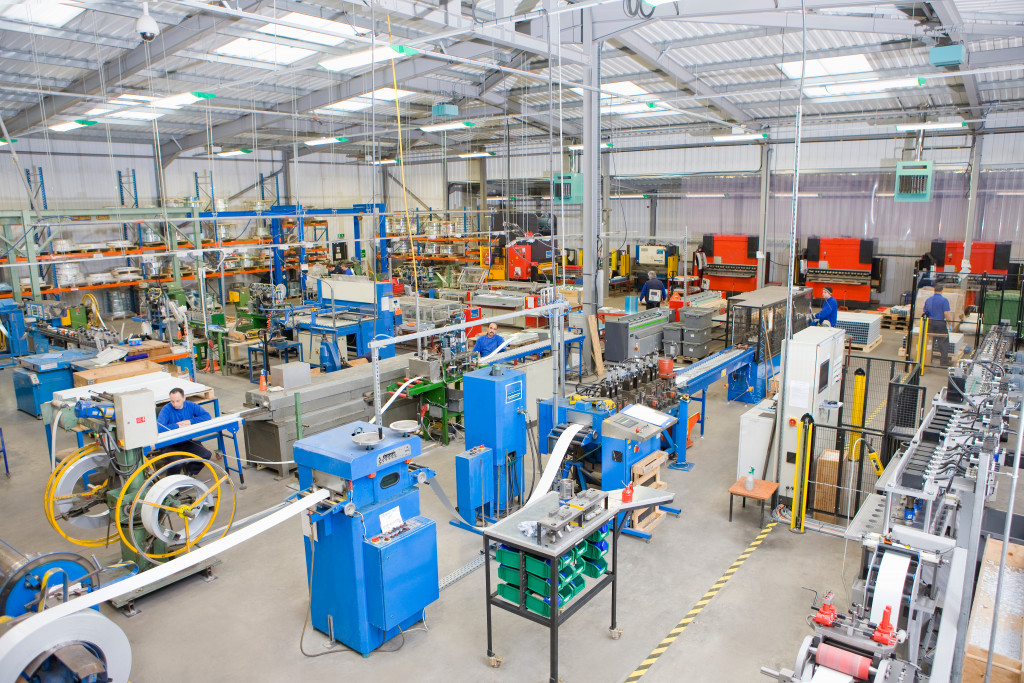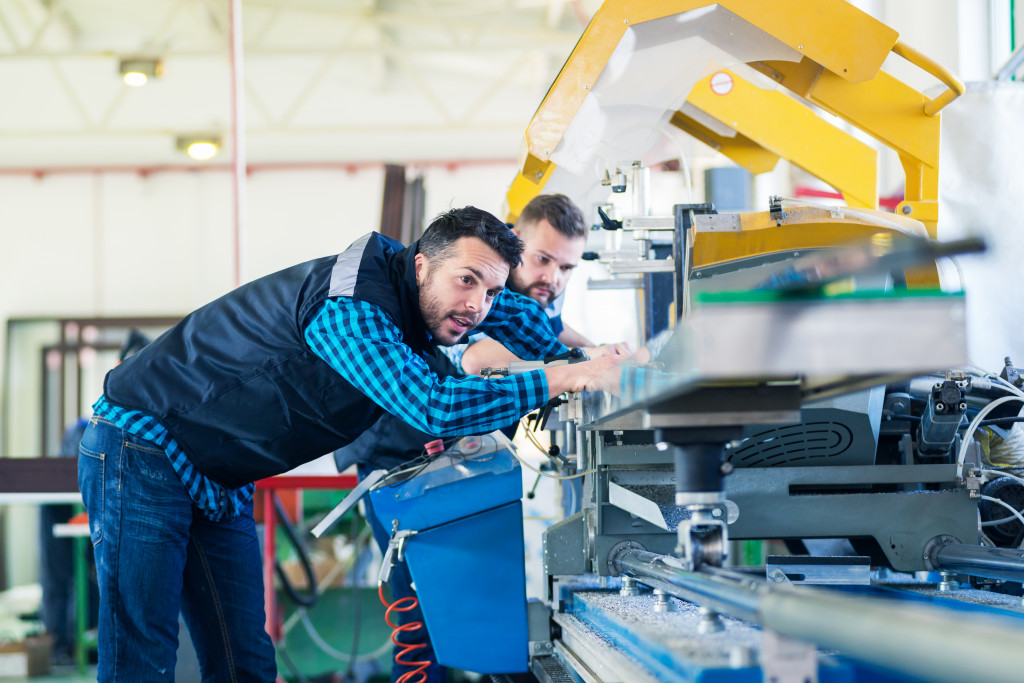The manufacturing industry is one of the most dangerous sectors to work in. Reports show that most job-related accidents take place in the manufacturing industry. This is why businesses in this industry should focus on workplace safety.
There are several ways you can improve safety in your manufacturing business. Here are five of the best practices:
1. Conduct a Risk Assessment
Knowing the risks involved in your manufacturing process is the first step to mitigating them. Identify hazards and then put measures in place to address them. This could include investing in better safety equipment to changing how you operate certain machinery.
You can conduct a risk assessment by yourself or with the help of a professional. Either way, do it regularly to keep on top of any new risks that may arise. When assessing for risks, involve all employees so that everyone is aware of the risks and can help identify them.
For instance, if you’re using heavy machinery, everyone should know where the emergency stop button is. If there’s a potential for slips, trips, and falls, employees should be aware of this and take precautions accordingly. There is also a need to address these risks asap to reduce accidents in the workplace.
2. Invest in Safety Training
No matter who your employees are, you must regularly provide them with safety training. This will ensure that everyone is up-to-date on the latest safety procedures and aware of any new risks in the workplace.
You can deliver safety training through online courses, classroom-based sessions, and on-the-job training. Whichever method you choose, make sure it’s interactive and engaging so that employees actually retain the information.
It’s also a good idea to incentivize employees who complete safety training. This will encourage them to take it seriously and help create a safety culture in your business.
3. Buy the Right Tools and Equipment
The right tools and equipment inside your manufacturing plant can make a big difference in safety. Be sure to invest in high-quality items that are fit for purpose and meet all the relevant safety standards. This does not necessarily mean you should forgo second-hand tools and used equipment. There are ways you can find good quality second-hand tools from reputable suppliers that will still help improve workplace safety.

For example, if you’re using power tools, ensure they have guards to protect workers from potential injuries. If you’re working with chemicals, invest in the proper safety equipment, such as gloves, masks, and overalls.
Don’t forget to maintain your equipment regularly. This means checking for damage and wear and tear and repairing or replacing anything that’s not up to scratch. Doing this will help to reduce the risk of accidents and injuries in your workplace.
4. Invest in Equipment Testing
It’s not enough to simply invest in the right tools and equipment. You also need to make sure they’re safe to use. This is where equipment testing comes in.
Regular testing will ensure that your machinery is safe and compliant with all the relevant safety regulations. If you find any problems, rectify these before they cause any accidents or injuries.
There are several ways you can test equipment. For instance, investing in ASME B31.3 pressure testing solutions makes sense if your manufacturing business deals with pressurized systems. This type of testing can help to identify any potential safety issues so that you can fix them before they cause any problems.
When looking for pressure testing service providers, find a reputable company with experience conducting this type of testing. This will give you peace of mind that your equipment is safe and compliant and that you are dealing with reputable service providers with years of experience and expertise.
5. Implement Safety Procedures
After investing in safety training, the right tools and equipment, and regular testing, it’s time to implement some safety procedures. This will help to ensure that everyone in your workplace knows what they need to do to stay safe. Some of the safety procedures you may want to consider are the following:
• Designating specific areas for certain tasks to be carried out. For example, you may want a separate area for welding so that sparks don’t pose a danger to other workers.
• Clearly label all areas and equipment. This will help to ensure that everyone knows what they’re dealing with and how to use it safely.
• Putting up signs and warning notices where necessary. This will help to remind employees of potential hazards and how to stay safe.
• Establishing an evacuation plan so that everyone knows what to do in the event of an emergency.
Making safety a priority in your manufacturing business is essential if you want to reduce accidents and injuries in the workplace. There are several things you can do to make this happen. This can include investing in safety training, the right tools and equipment, and conducting regular equipment testing. If you make safety a priority, you’ll soon see a reduction in accidents and injuries in your workplace. This will create a safer working environment for your employees and help to improve your business’s bottom line.

